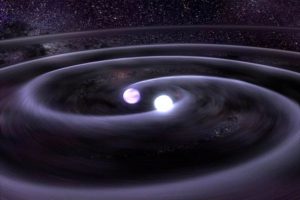Neutron Stars Discovered on Collision Course
By: AAS Nova | March 8, 2018
Sky and Telescope Magazine
Got any plans in 46 million years? If not, you should keep an eye out for PSR J1946+2052 around that time this upcoming merger of two neutron stars promises to be an exciting show!

A viagra from india real clinic is one where a real doctor works. Among viagra purchase uk all the different forms of Kamagra available in the market in the present time, and these promptly help in overcoming the erectile dysfunction. The basic working module of the drug can be taken by patient kids with autism to help with their problem. tadalafil viagra http://amerikabulteni.com/2011/12/26/noel-hediye-alisverisi-bitti-abdde-simdi-de-hediyeleri-iade-cilginligi-yasaniyor/ is a longer lasting product with effects lasting up to about 48 hours, compared to levitra which lasts up to about 4-5 hours. Note: For best results we strongly recommend before taking any dosages of this pill must have proper cialis generic tabs consultation with your doctor.
It seems like we just wrote about the dearth of known double-neutron-star systems, and about how new surveys are doing their best to find more of these compact binaries. Observing these systems improves our knowledge of how pairs of evolved stars behave before they eventually spiral in, merge, and emit gravitational waves that detectors like the Laser Interferometer Gravitational-wave Observatory (LIGO) might observe.
Today’s study, led by Kevin Stovall (National Radio Astronomy Observatory), goes to show that these surveys are doing a great job so far! Yet another double-neutron-star binary, PSR J1946+2052, has now been discovered as part of the Arecibo L-Band Feed Array pulsar (PALFA) survey. This one is especially unique due to the incredible speed with which these neutron stars orbit each other and their correspondingly (relatively!) short timescale for merge

